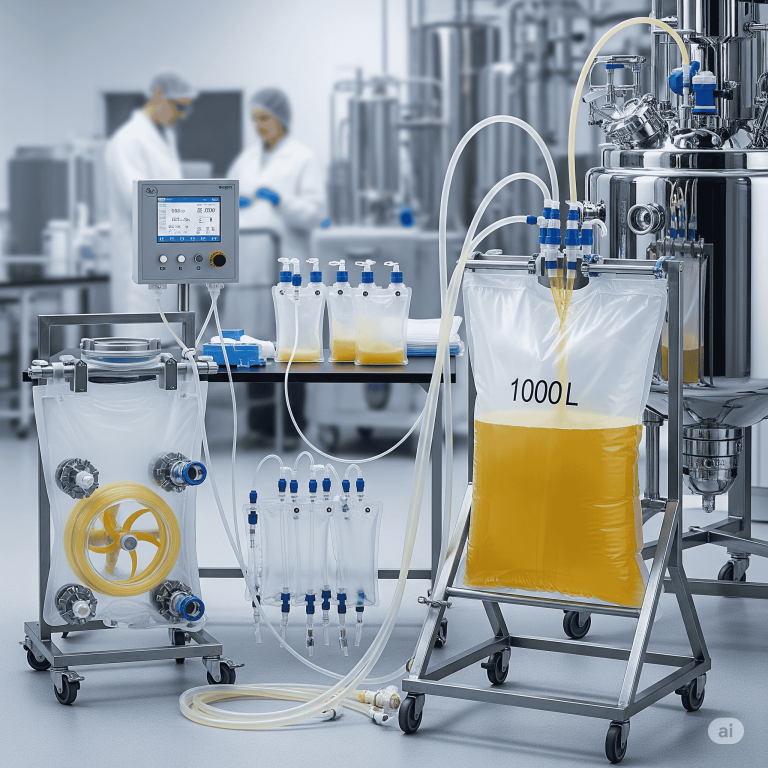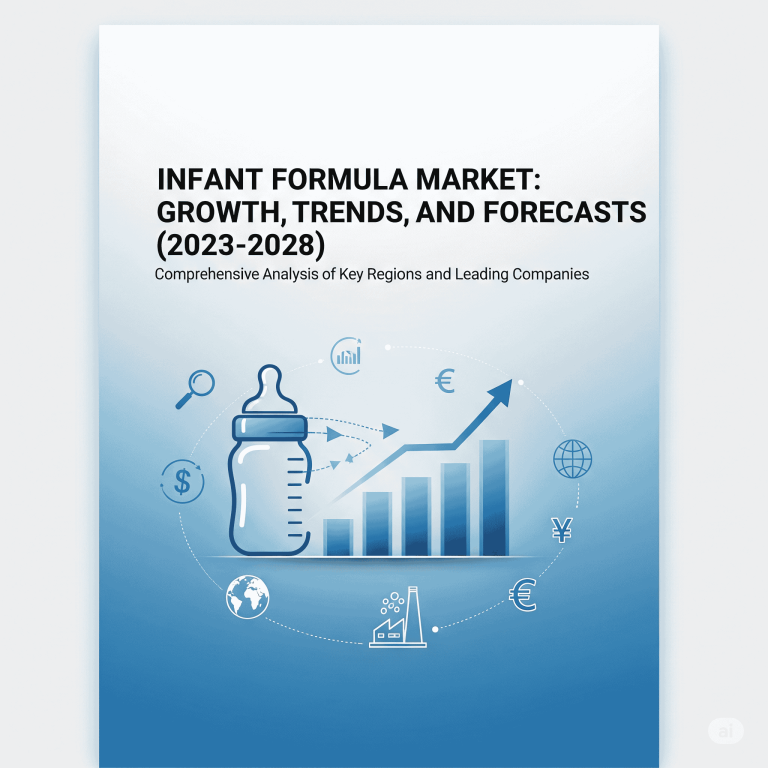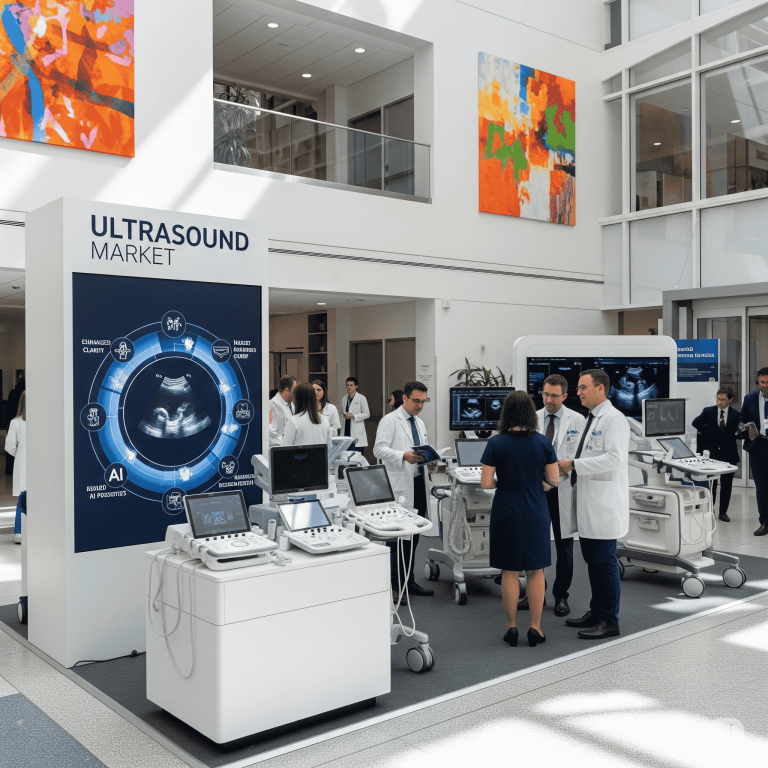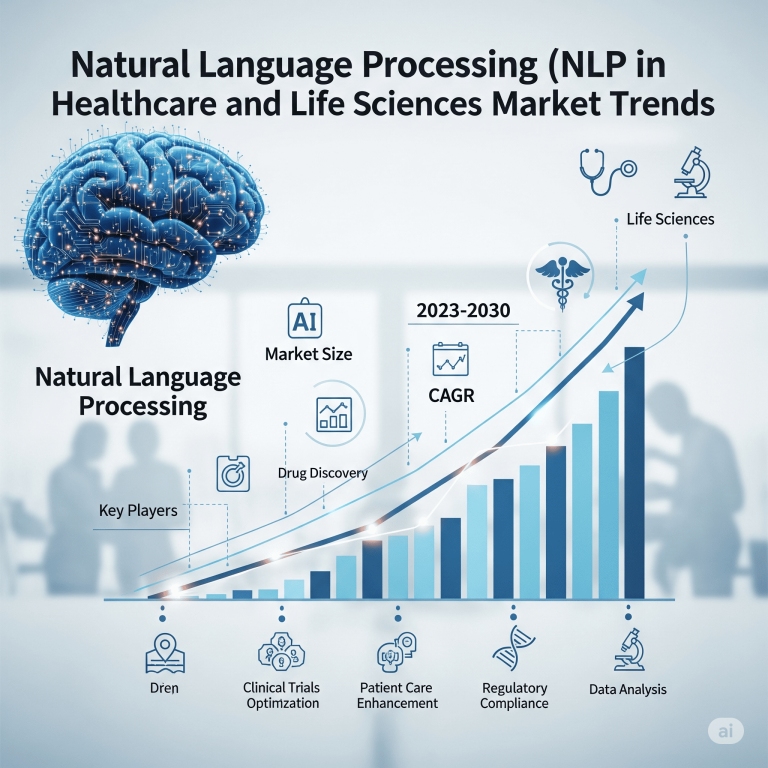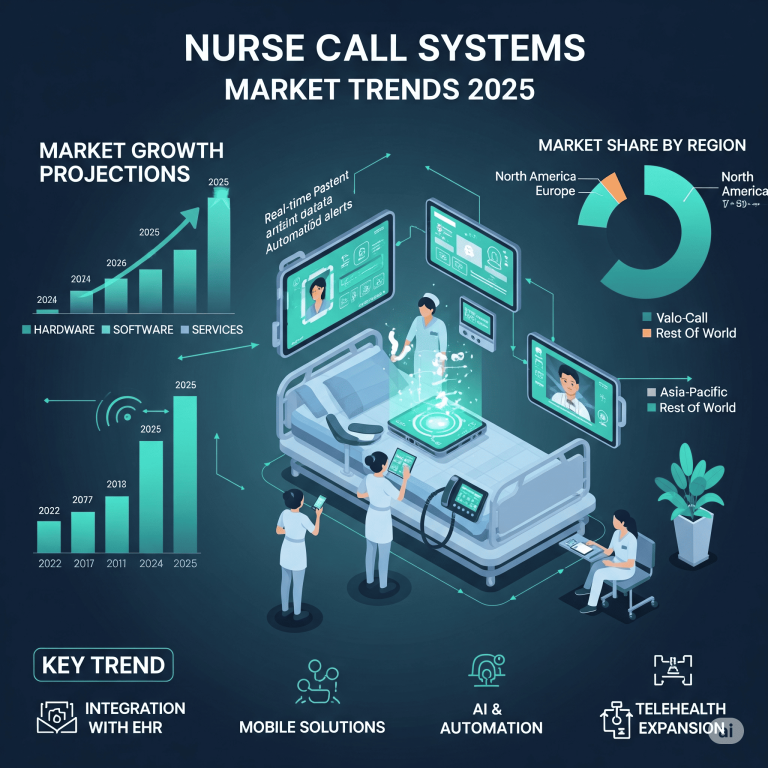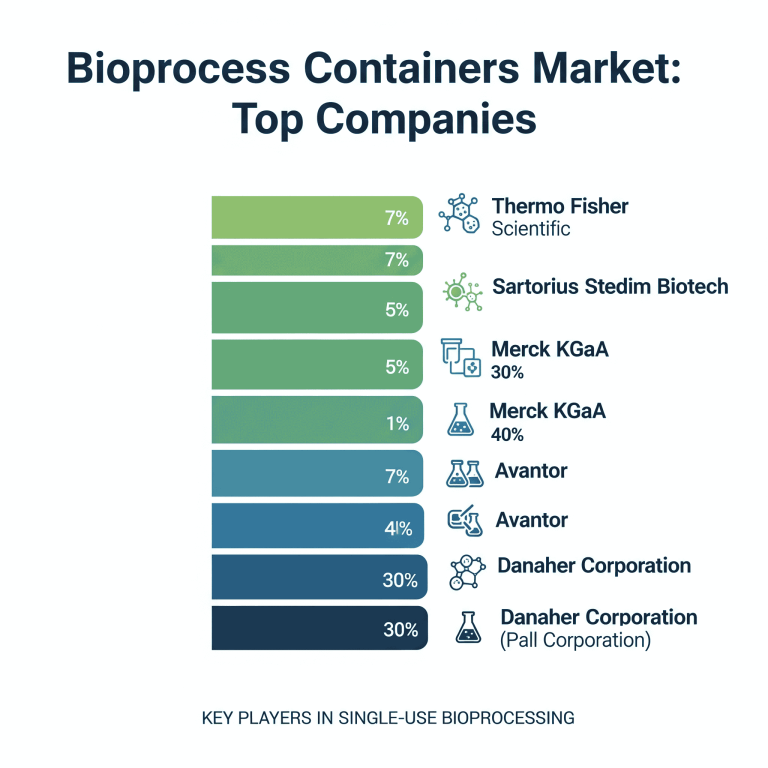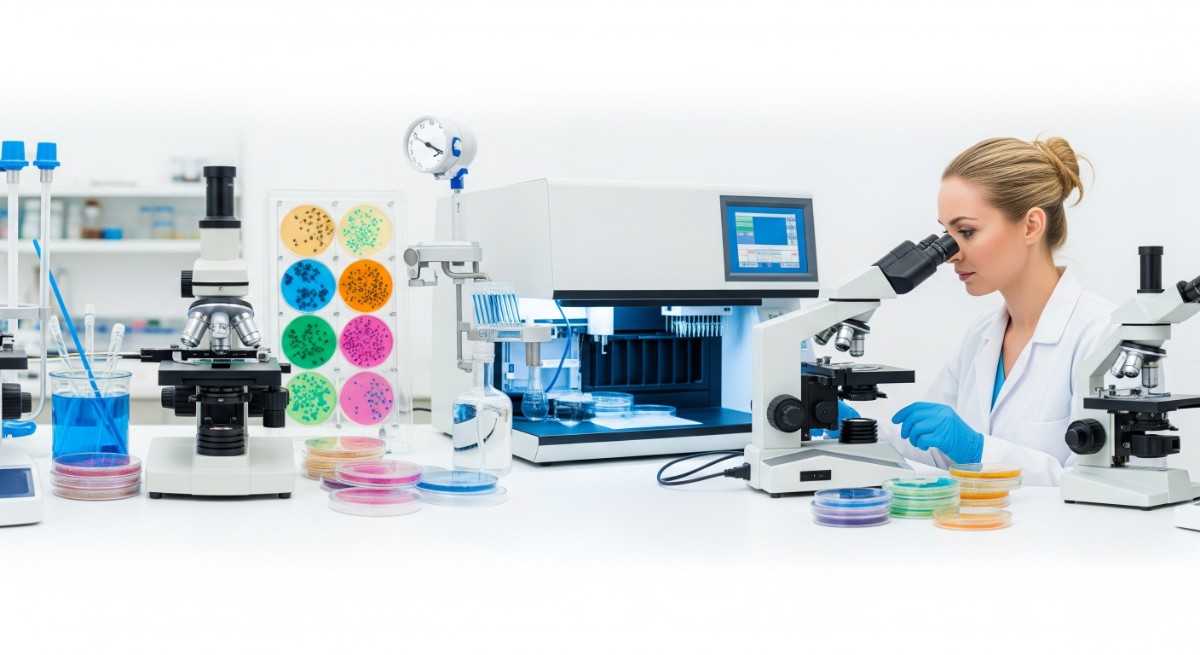
The global bacterial identification (ID) tools market is experiencing a strong upward trajectory, fueled by a surge in infectious diseases, growing demand for rapid diagnostics, and technological breakthroughs such as PCR and next-generation sequencing (NGS). With the rise of hospital-acquired infections and antimicrobial resistance, this market is poised to generate substantial revenue—potentially reaching hundreds of millions by 2034.
Invest in Our Premium Strategic Solution: https://www.towardshealthcare.com/download-databook/5760
Market Overview
Bacterial ID tools encompass a range of diagnostic technologies used to identify bacterial species in clinical, environmental, and food samples. These tools are critical for early diagnosis, targeted therapy, and quality control across sectors including healthcare, pharmaceuticals, and food safety.
As the threat of infectious diseases intensifies, demand for fast and precise bacterial diagnostics continues to escalate. Innovations like MALDI-TOF mass spectrometry and AI-integrated systems are transforming traditional workflows, enabling timely decision-making and improving health outcomes.
Key Market Takeaways
-
North America held the largest market share in 2024 due to advanced healthcare systems and high adoption of diagnostic technologies.
-
Asia-Pacific is expected to grow at the fastest compound annual growth rate (CAGR) due to better infrastructure and rising awareness.
-
MALDI-TOF mass spectroscopy led the technology segment in 2024, while NGS is expected to see the fastest growth.
-
In terms of product type, consumables dominated in 2024, while software and services are projected to grow rapidly.
-
Clinical diagnostics was the leading application area, whereas food and beverage testing is expected to expand significantly.
-
By end-user, hospitals and clinics led in 2024, with diagnostic laboratories anticipated to grow the fastest.
Get All the Details in Our Solutions – Access Report Preview: https://www.towardshealthcare.com/download-sample/5760
Evolution of the Market
The bacterial ID tools market is rapidly evolving with the adoption of molecular diagnostics, automation, and artificial intelligence. The push for faster turnaround times and higher accuracy is leading to the integration of high-throughput systems that go beyond traditional culture methods.
The Antimicrobial Resistance Challenge
According to a 2024 report in The Lancet, antimicrobial resistance could cause over 39 million direct deaths and 169 million indirect fatalities in the next 25 years if not addressed. This highlights the urgent need for advanced bacterial diagnostics that support timely intervention.
Emerging Trends Shaping 2025
-
Charles River launched Accugenix NGS microbial testing services in 2023 to cut costs and improve sequencing efficiency.
-
QIAGEN introduced Microbiome WGS SeqSets, simplifying NGS workflows with integrated tools and user-friendly bioinformatics.
-
AI systems developed in 2024 can now identify bacterial species in just 15 minutes by analyzing spectral patterns, making diagnostics faster and more accessible.
If you have any questions, please feel free to contact us at sales@towardshealthcare.com
How AI is Reshaping Bacterial ID
Artificial intelligence is playing a pivotal role in optimizing pathogen identification. AI algorithms analyze complex genomic and phenotypic data, predict resistance patterns, and streamline lab workflows by reducing manual errors and turnaround times. These platforms are also enabling real-time outbreak tracking and improving clinical decision-making.
Market Dynamics
Key Driver: Rise in Infectious Diseases
An increase in global disease outbreaks and resistant infections has intensified the need for advanced bacterial ID solutions. For example, the launch of bioMérieux’s VITEK COMPACT PRO in March 2025 coincided with a tuberculosis outbreak in Kansas, showcasing the urgent demand for fast, reliable diagnostics.
Major Restraint: High Cost of Advanced Technologies
Despite technological progress, cost remains a barrier—particularly in lower-income settings. High purchase and maintenance expenses limit access, slowing widespread adoption and pushing some facilities to continue relying on slower, traditional methods.
Growth Opportunity: Technological Innovation
New innovations such as microfluidics, cloud-based platforms, and automated workflows are making high-end diagnostics more accessible. In April 2025, Inbiome’s AI-powered Molecular Culture ID platform gained EU IVDR certification, enabling the identification of over 200 bacterial species in just five hours.
Segmental Insights
Why Consumables Dominated in 2024
The consumables segment led the market due to the constant demand for single-use items like reagents and assay kits. These are essential for day-to-day lab operations and must be replenished regularly, ensuring steady revenue.
For instance, the NG-Test CARBA 5 kit, imported by HiGenoMB into India in late 2023, allows quick detection of five key antibiotic-resistant enzymes, supporting efficient bacterial diagnosis.
Growth in Software and Services
As laboratories increasingly adopt automation and digital tools, the software and services segment is projected to grow rapidly. Integrated platforms are essential for data management, while value-added services like training and remote support enhance lab efficiency.
Application Outlook
Clinical Diagnostics at the Forefront
The clinical diagnostics segment maintained its lead in 2024, driven by high patient volumes and the need for timely, targeted treatments. As antimicrobial resistance rises, accurate pathogen detection in hospitals becomes even more crucial.
Food and Beverage Testing Gains Momentum
This segment is seeing fast growth due to heightened food safety regulations and globalization. Companies are investing in fast, automated bacterial detection systems to avoid contamination and meet compliance standards.
End-user Analysis
Hospitals and Clinics Lead the Charge
Hospitals and clinics dominated the market in 2024 due to their need for continuous testing and rapid identification to manage patient care effectively.
Diagnostic Laboratories on the Rise
Diagnostic labs are projected to grow the fastest due to their central role in supporting healthcare and research. High sample volumes and a shift toward molecular and automated methods are accelerating their adoption of advanced bacterial ID tools.
Country-wise Market Landscape
United States
The U.S. remains a key player due to its advanced infrastructure, R&D investments, and government backing. In 2024, the federal budget proposed $7.2 billion for the FDA, including significant allocations for food safety and diagnostic enhancements.
Canada
With rising disease cases and growing government investments, Canada is rapidly expanding its bacterial ID market. Enhanced diagnostics and lab capacities are driving adoption across the healthcare sector.
Asia-Pacific
Asia-Pacific is forecasted to witness the fastest growth thanks to government-led healthcare modernization, growing awareness of antimicrobial threats, and wider access to innovative diagnostic tools.
Industry Developments
-
February 2024: bioMérieux partnered with the U.S. FDA to develop foodborne pathogen detection tools under the xPRO™ Program.
-
May 2025: ABL Diagnostics extended its DeepChek NGS validation to include more platforms for advanced microbiological genotyping.
-
April 2025: Biotia and Mayo Clinic entered a strategic agreement to enhance precision medicine tools for infectious disease diagnostics.
Conclusion
The bacterial ID tools market is rapidly evolving, with strong drivers such as infectious disease outbreaks, growing awareness of antimicrobial resistance, and continuous technological innovation. As AI and high-throughput diagnostics become more integrated into healthcare and industrial workflows, the market is set for significant growth, especially across emerging regions like Asia-Pacific.
With increased global attention on public health, food safety, and precision medicine, bacterial identification tools will remain a critical component of the diagnostics landscape through 2034 and beyond.
Source : https://www.towardshealthcare.com/insights/bacterial-id-tools-market-sizing
